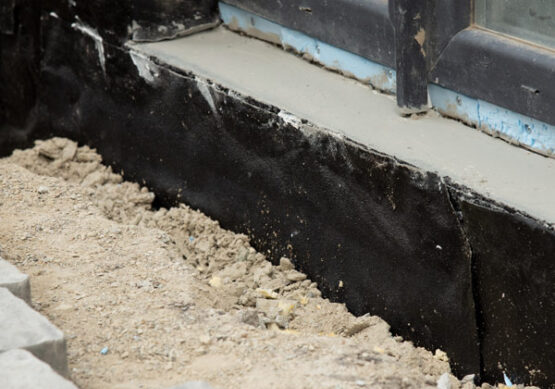Moisture Containment Barriers for Foundations
Why does your foundation need a moisture containment barrier?
Moisture is by far one of the biggest enemies of any foundation. Too much moisture and the soil expands, pushing up on your foundation and possibly causing it to heave. Too little moisture and the soil contracts, which could cause your foundation to sink. Too much moisture can also deteriorate concrete, leading to cracks. This is why controlling the moisture around your structure’s foundation is of the utmost importance.

How does it work?
A moisture containment barrier shouldn’t be confused with a vapor barrier, which is also used to protect your slab. A vapor barrier is installed when a foundation is poured and placed horizontally underneath the slab. Moisture containment barriers, on the other hand, are installed vertically around the perimeter of your foundation. These sheets of plastic are buried in the ground and can be placed after a foundation has been poured. The vertical placement of a moisture barrier blocks groundwater from flowing underneath your home. It effectively controls the moisture around your foundation, which, as we know, helps to protect it from damage and shifting. When water is allowed to flow freely under a home, it can cause changes in the soil, spelling problems for your foundation.

